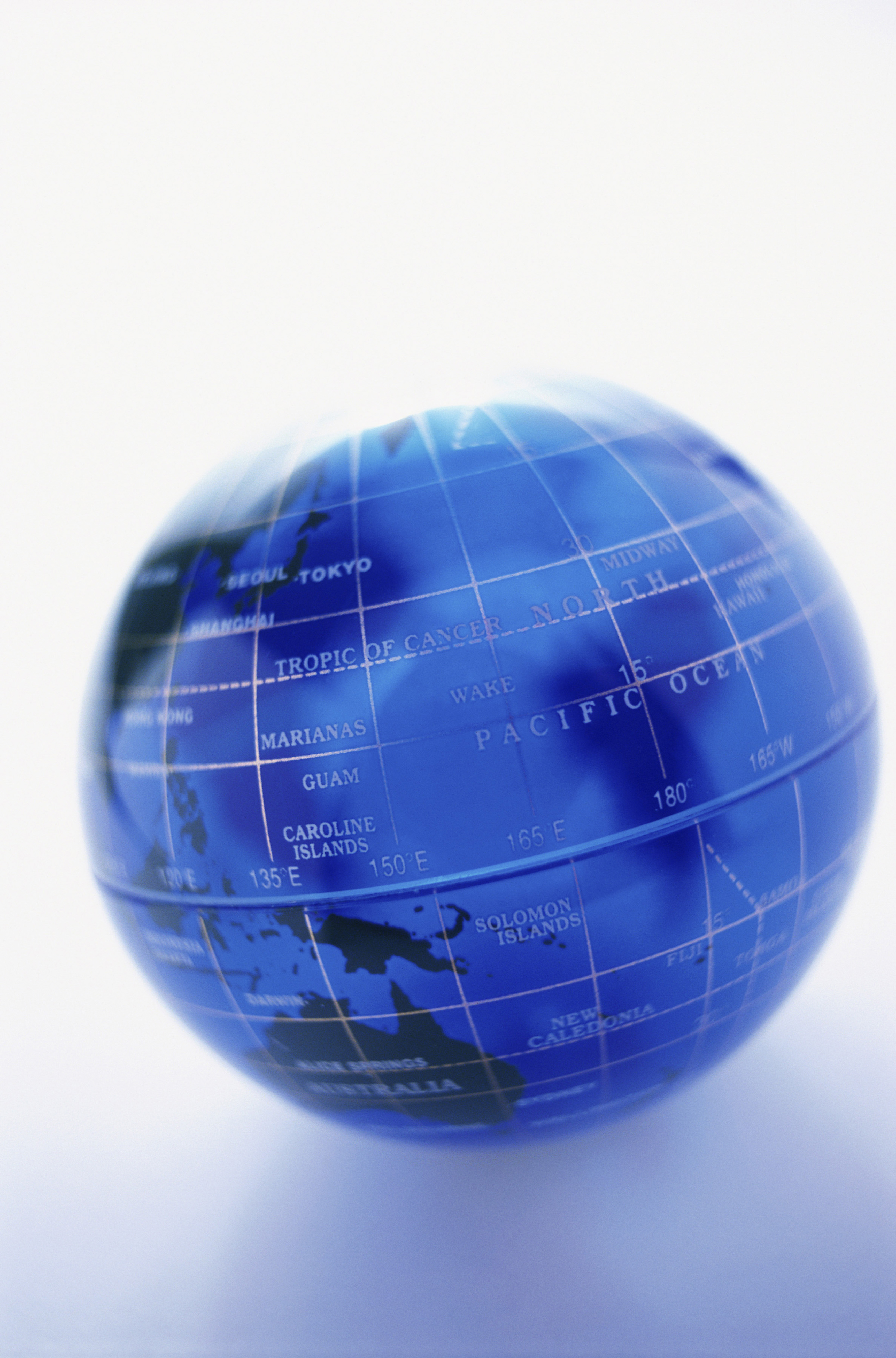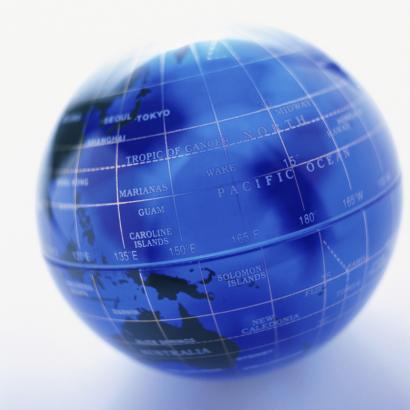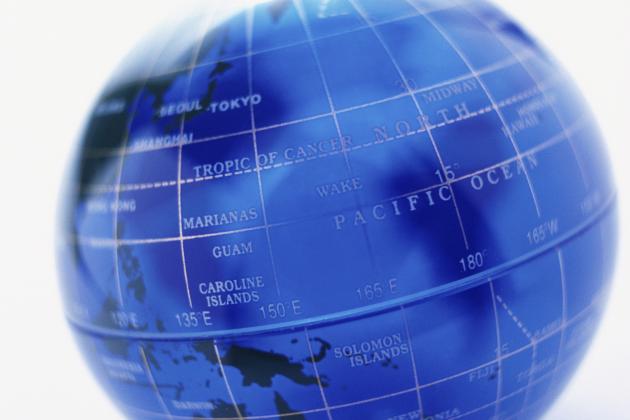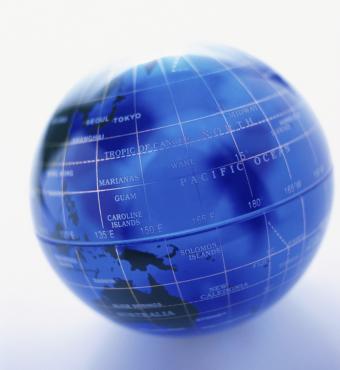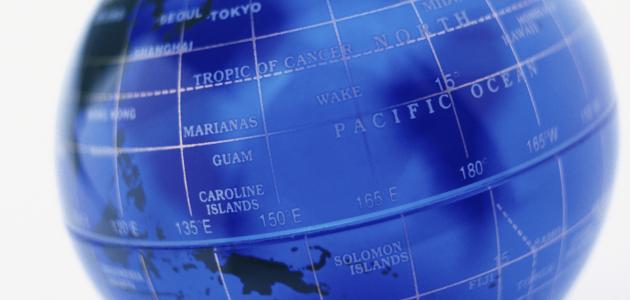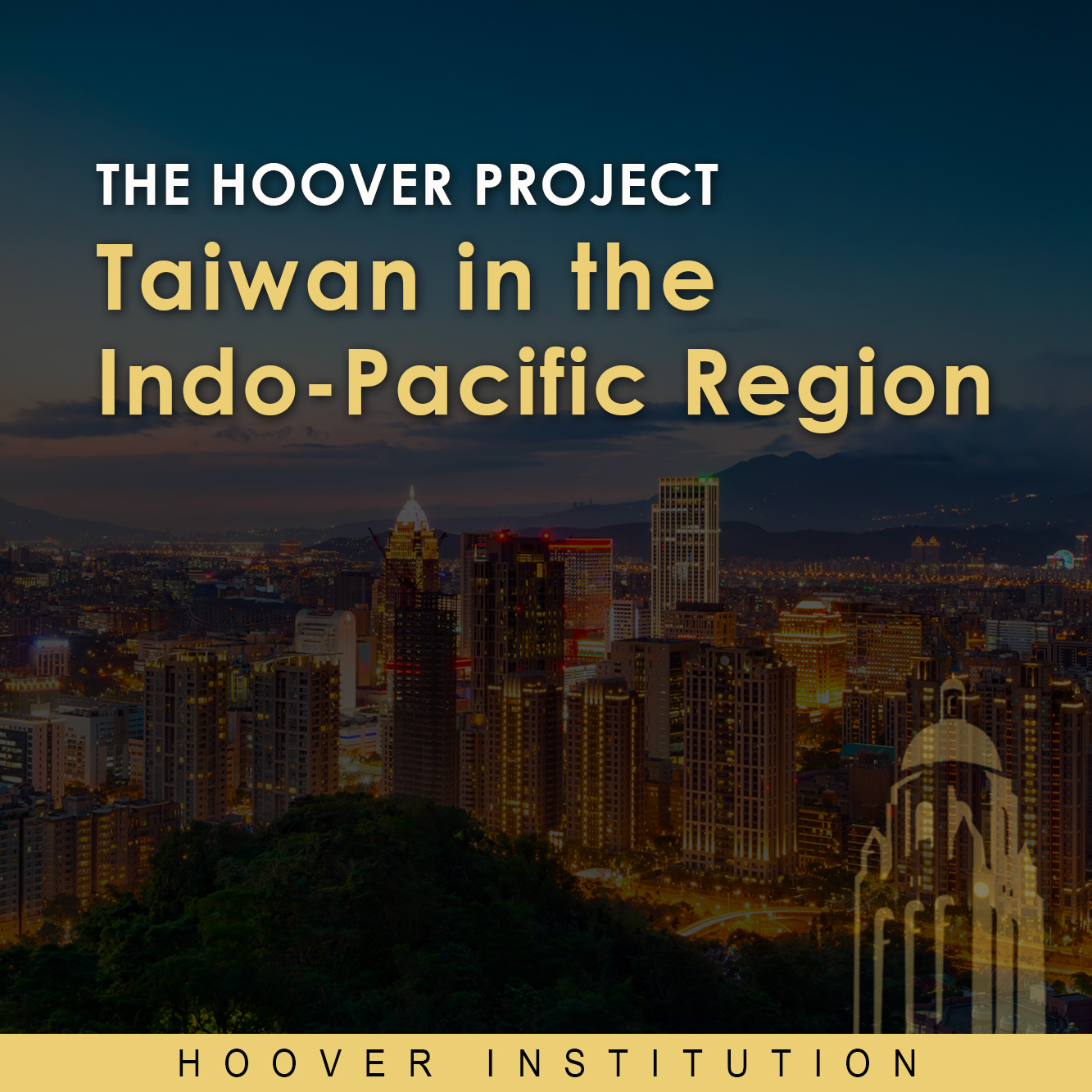by Phillip C. Saunders and Kevin McGuiness
ABSTRACT: The United States, Taiwan, and countries in the Indo-Pacific are dealing with a more aggressive People’s Republic of China (PRC) and a much more capable People’s Liberation Army (PLA). PRC military modernization has shifted the regional balance of power in a more favorable direction, although the United States maintains significant advantages in power projection and in a long conflict. PLA modernization has had an even bigger impact on the cross-strait military balance, where the PRC has overcome the Taiwan military’s historical qualitative advantage and built capable forces that provide PRC leaders with new military options, including credible threats of blockade, air and missile strikes, and amphibious invasion. PLA investments in anti-access/area-denial (A2/AD) capabilities also challenge the U.S. military’s ability to operate near the Chinese mainland.
The question is whether Beijing can translate a more favorable military balance into its desired political outcomes. Attempting to achieve unification by force would be costly and risky, including the prospect of nuclear escalation. These concerns have driven the PRC to adopt “grey zone” tactics that apply military and psychological pressure on Taiwan while staying below the threshold of lethal force. Grey-zone tactics impose costs on target countries, but do not necessarily translate into decisive outcomes. The United States is investing in new forces, technologies, and concepts of operation that can help regain a clear military edge. Taiwan has a workable defense concept but needs to increase the resources devoted to its military to deter an invasion and respond to PLA grey zone challenges.
The United States has been the dominant maritime and air power in Asia since the end of World War II. It has relied on a network of alliances and arrangements with allies and friendly partners in the Indo-Pacific to support ground, air, and naval forces operating from bases in the region. The regional military balance in terms of relative U.S. and Chinese capabilities is important, but the real U.S. strategic center of gravity is the political-military relationships that underpin U.S. alliances and the forward-deployed military presence that they support. Some American military advantages have eroded over the past two decades as PLA capabilities have grown, but the U.S. military is welcome in the region in a way that the Chinese military is not.
The United States, Taiwan, and countries in the region face the challenge of dealing with a much more aggressive China and a much more capable Chinese military, known as the People’s Liberation Army (PLA). This paper assesses changes in the U.S.-China military balance at the regional level, considers changes in the cross-strait military balance and Chinese military options with respect to Taiwan, examines the prospects of a U.S.-China conflict over Taiwan, and explores recent PLA efforts to pressure Taiwan through “grey zone” military actions below the threshold of lethal force. It then considers China’s ability to translate its improved military capabilities into desired political outcomes at an acceptable cost, concluding that this is not a straightforward task and that increased U.S. and Taiwan defense spending and military innovation can help maintain deterrence.
Paper prepared for the 2020 Conference on Taiwan in the Indo-Pacific Region
Download: The Changing Balance of Military Power in the Indo-Pacific Region






